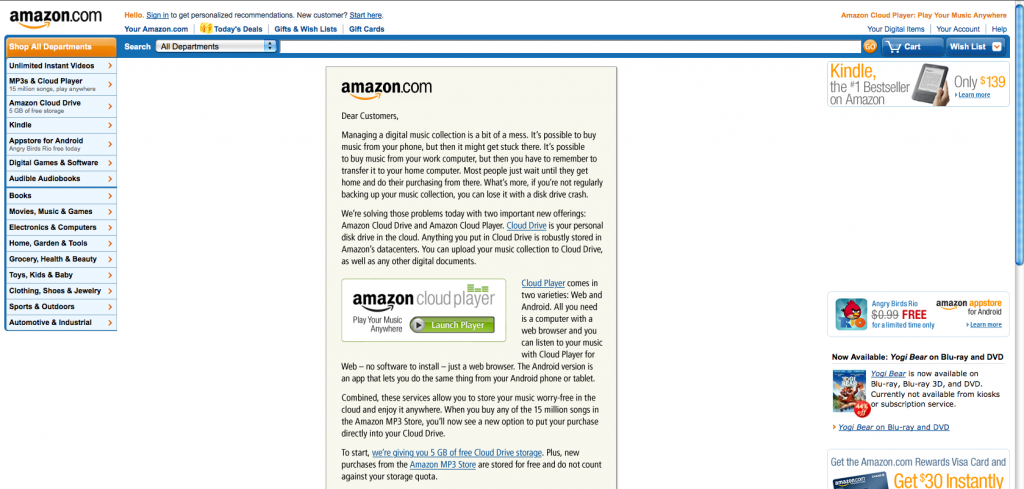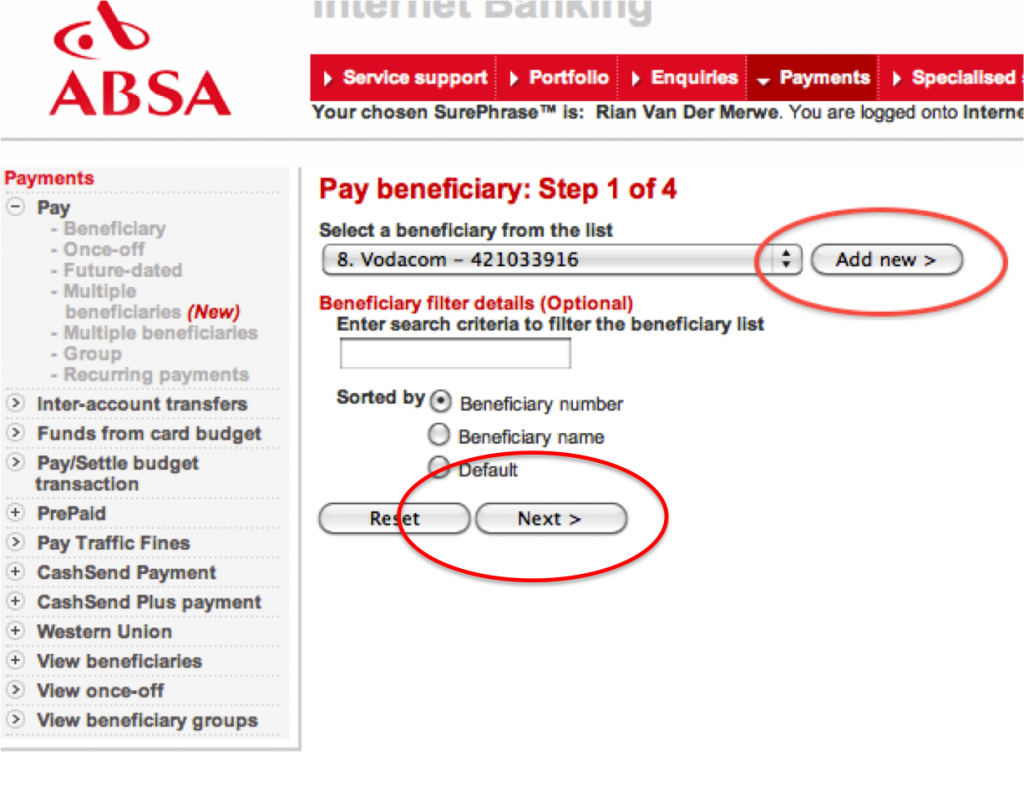In this post I make the argument that companies should hire designers that have a strong foundation in psychology and design theory. I further make the case that when Product Managers and other UX practitioners give feedback on designs, they should move away from their personal visual preferences and instead focus on feedback that relates to the user and business goals they are trying to meet.
I recently had a discussion with an Interaction Designer friend of mine about the perils of Design by Committee. His take on it was, in essence, as follows (paraphrased a little bit):
The problem is that everyone thinks they’re a designer. Not everyone can code, so they don’t go to developers telling them their markup needs to be more semantic or more valid. But everyone has a gut feel about design – they like certain colors or certain styles, and some people just really hate yellow. So since everyone has an emotional response to a design, and “it’s just like art,” they think they know enough about design to turn those personal preferences into feedback.
It is a real shame that we have come to this point where design just means “making things pretty” for some. Even among people who do understand it’s about more than that, there is sometimes this misconception that there is so much personal taste involved that “your guess is as good as mine.” And to add insult to injury, they way that feedback is given to the designer is often more destructive than helpful. Look, I’m not against design feedback at all – it’s an essential part of the process. But if you’re going to give feedback, do it right. More on that a little later.
The truth is that design is science. Yes, of course it’s a creative discipline, and every designer has a style they like, and strong ideas on aesthetics. But it is important to understand that aesthetics is the last mile of design. Before that (if you do it right) comes hours and hours of analysis and thinking, resulting in solutions that are built on very real psychological principles, easily proven using the user experience validation stack.
(more…)




